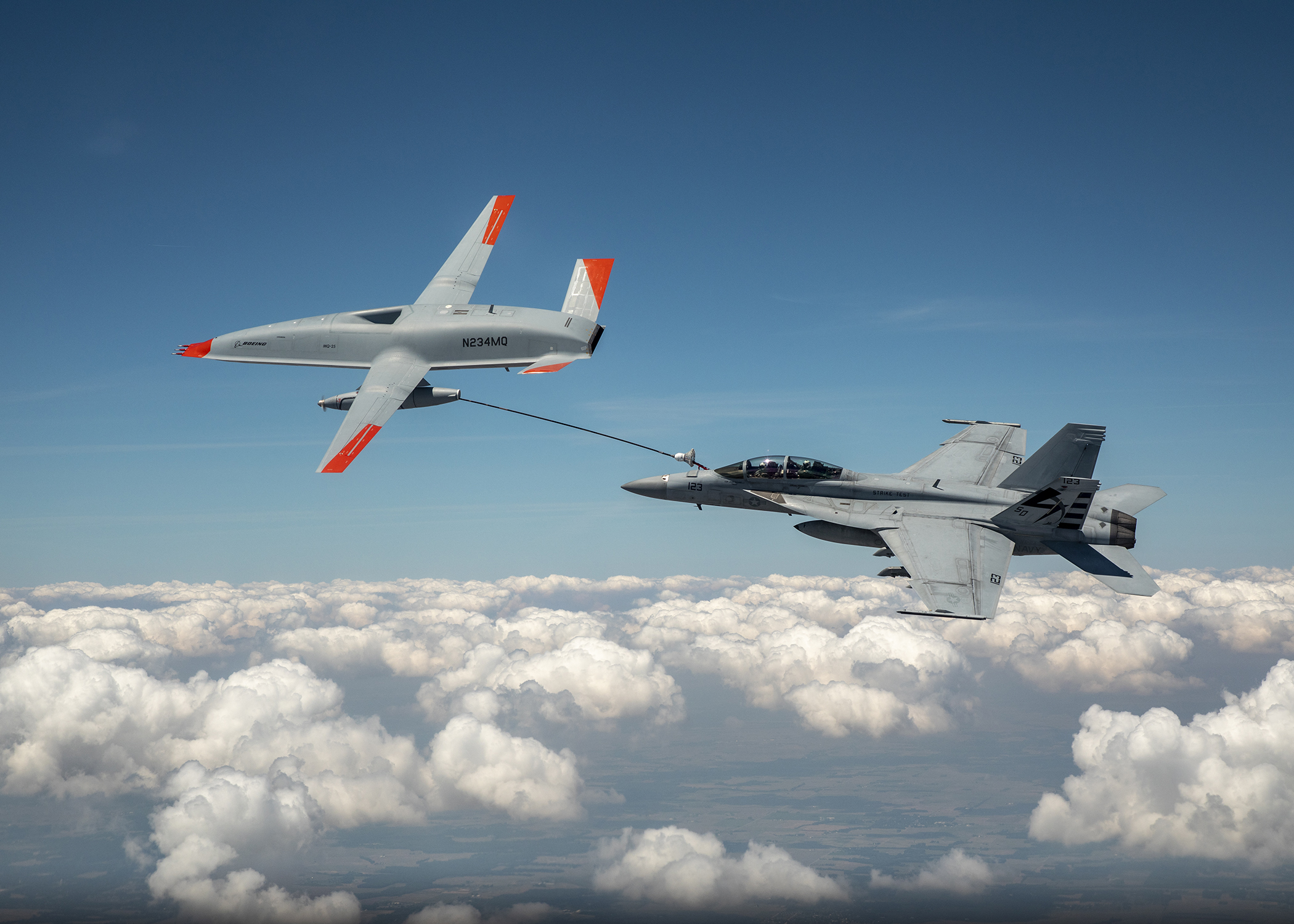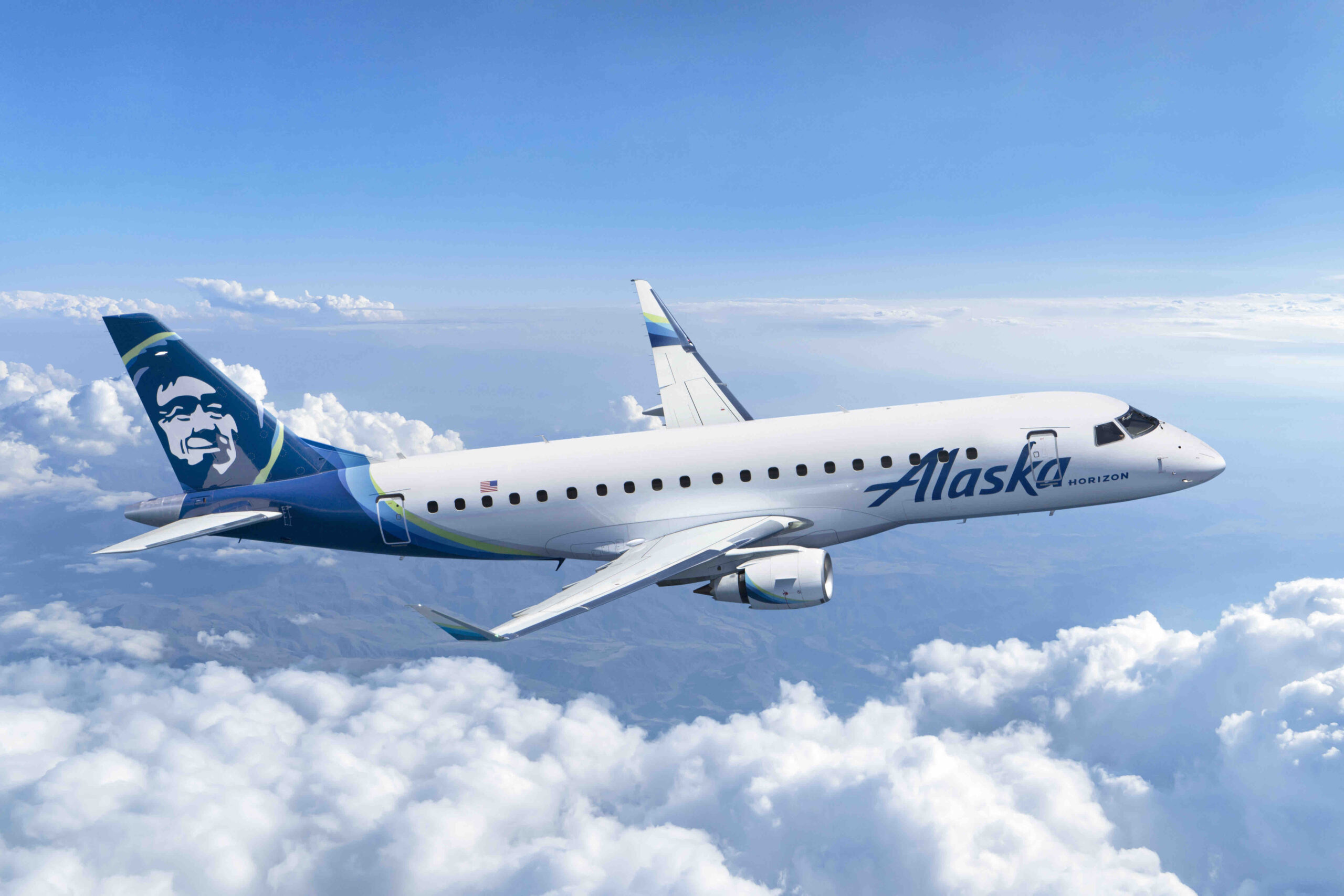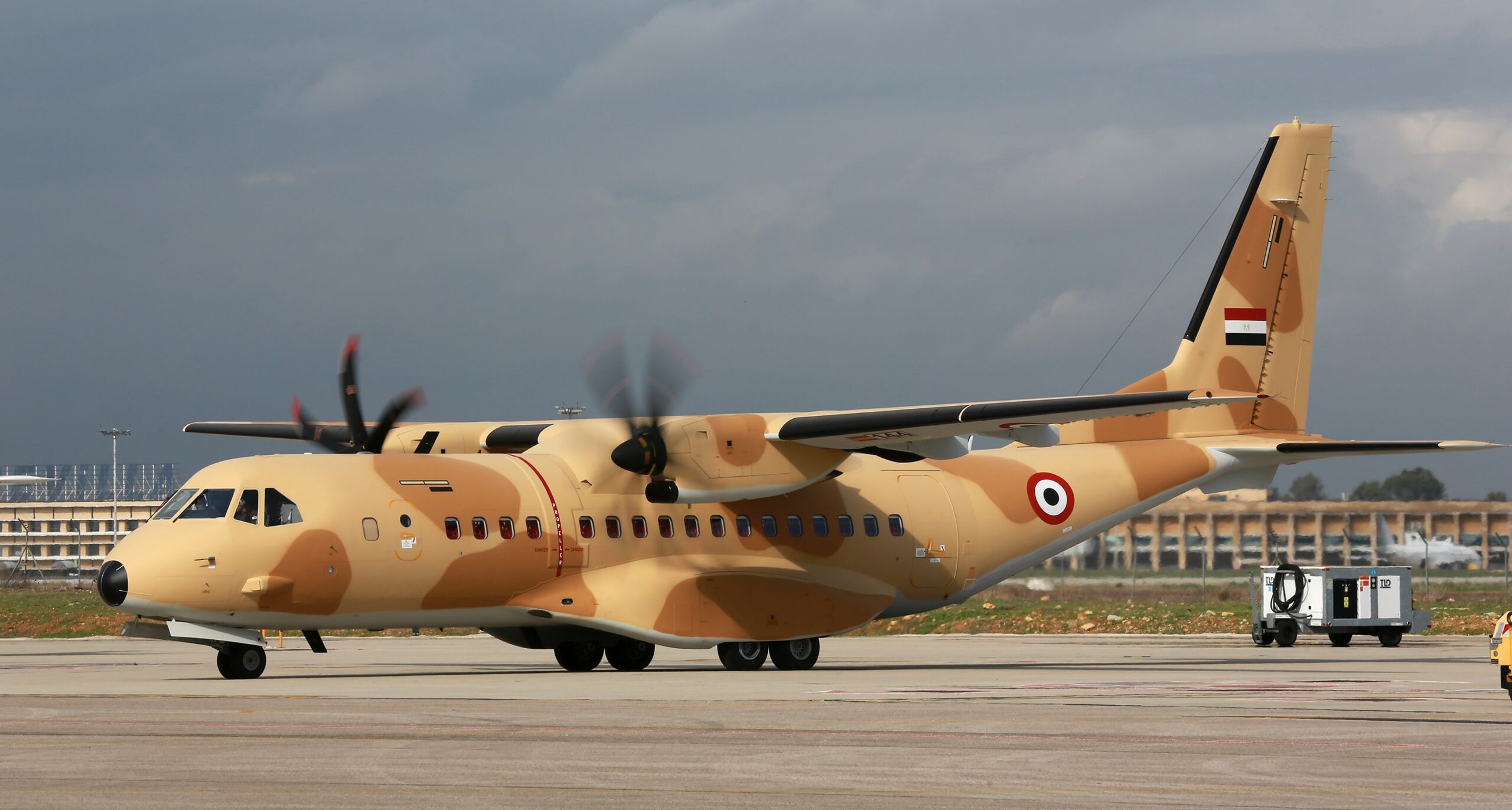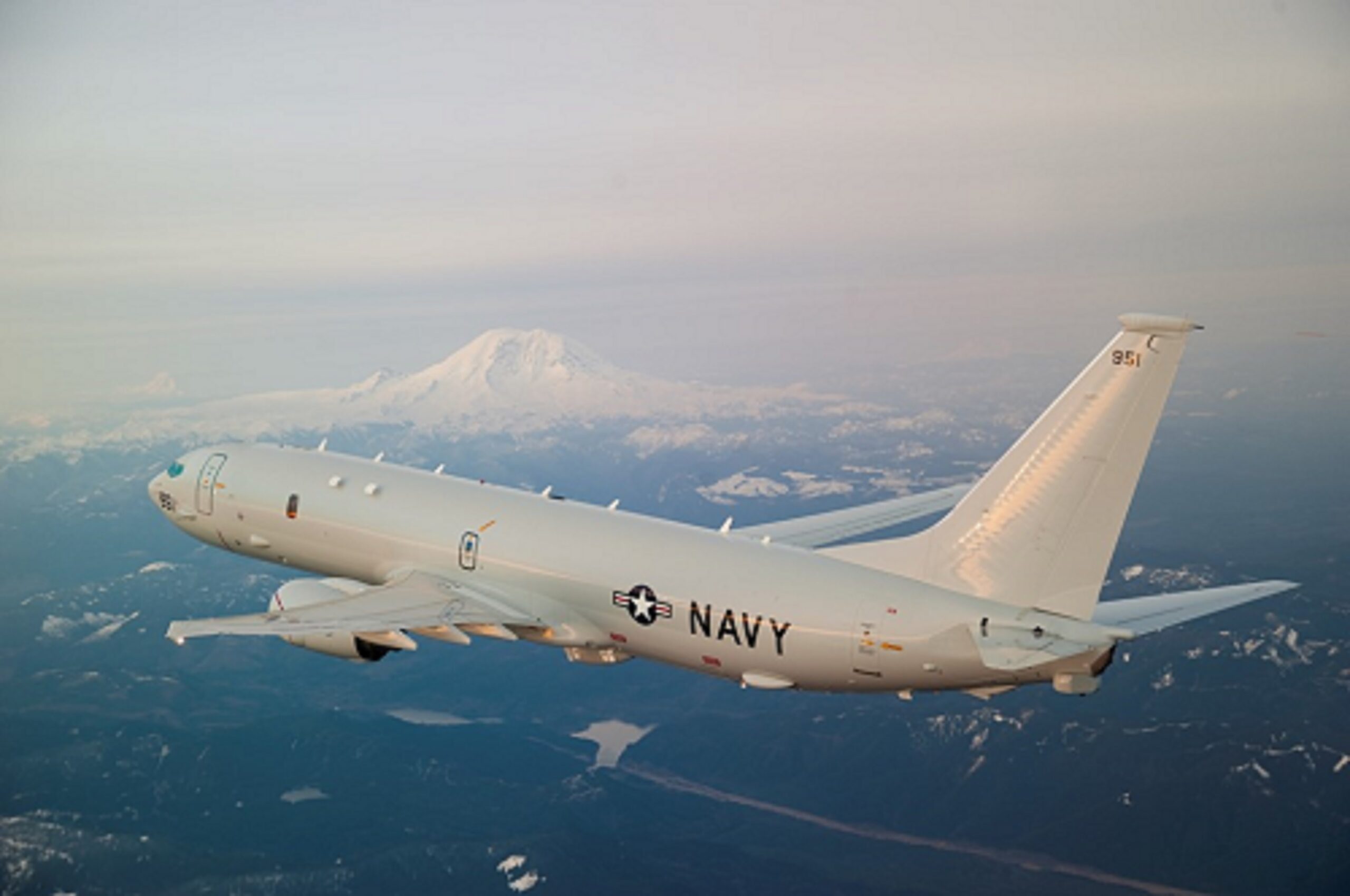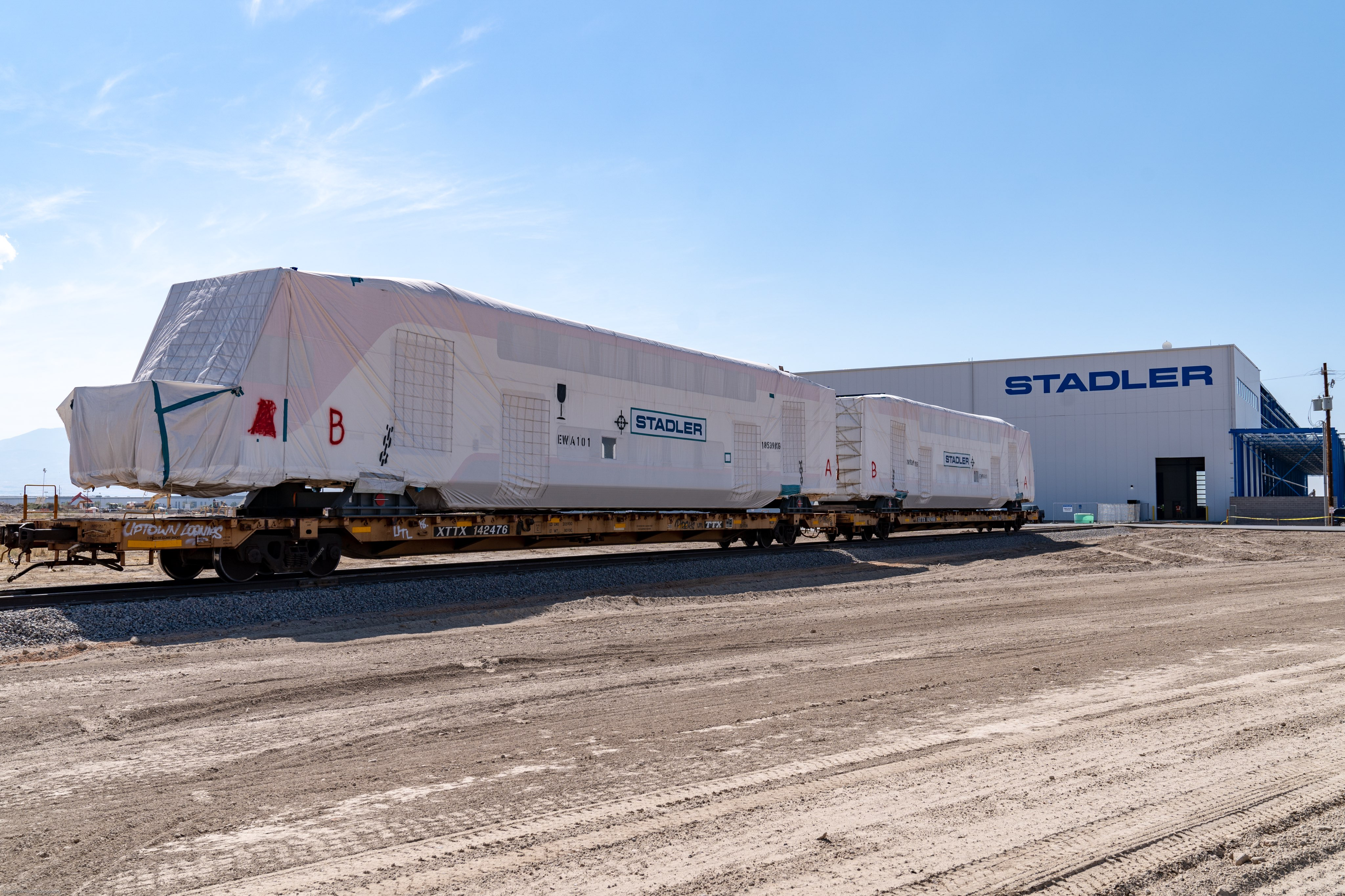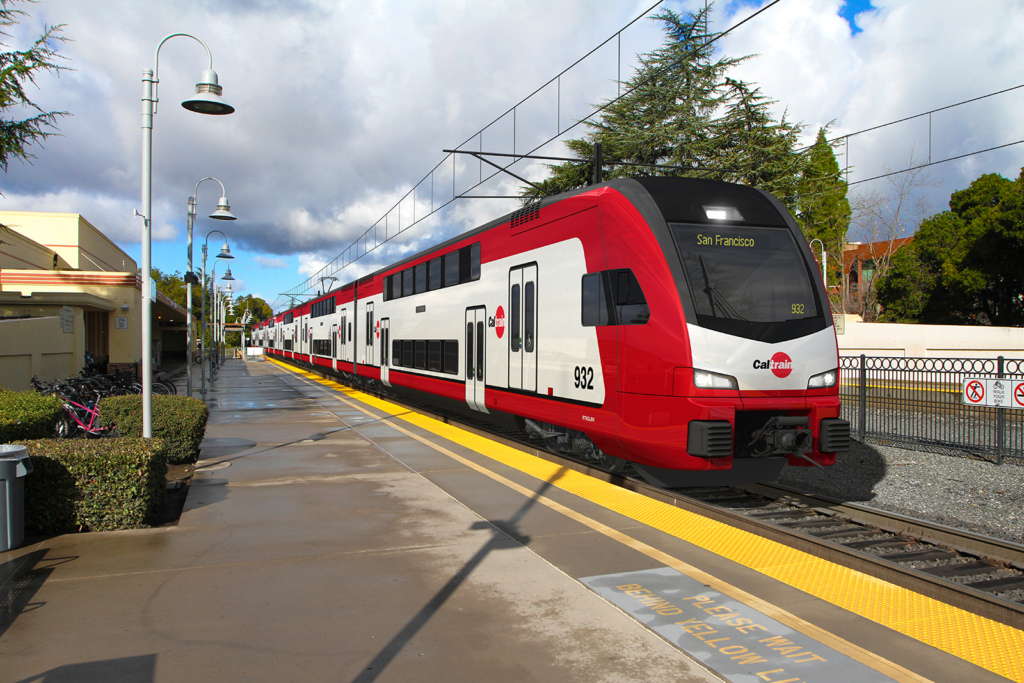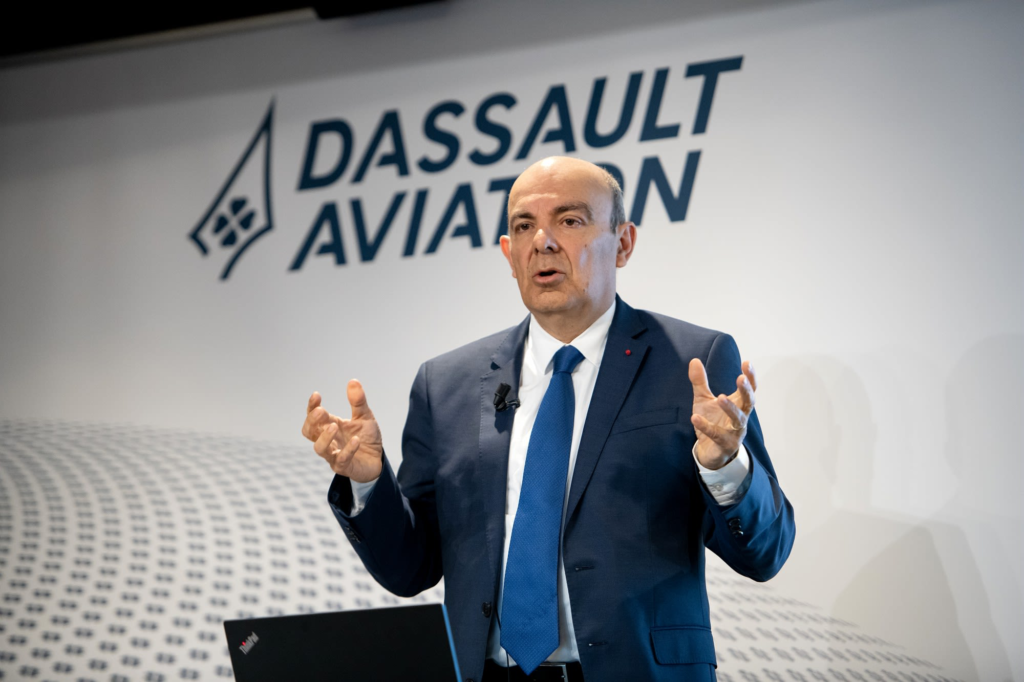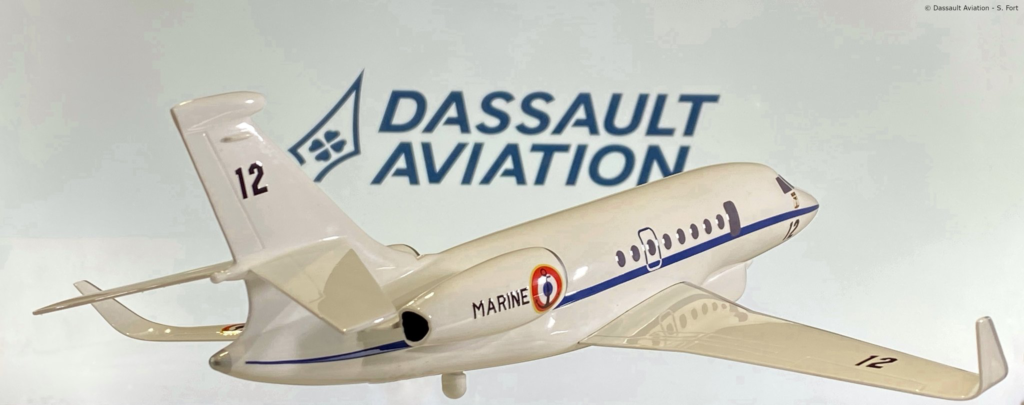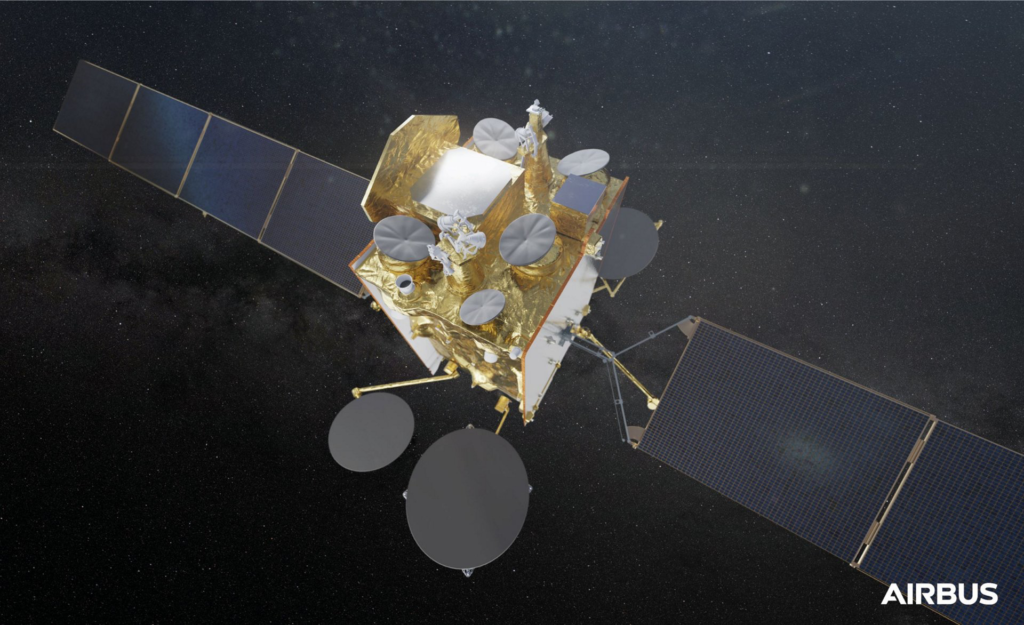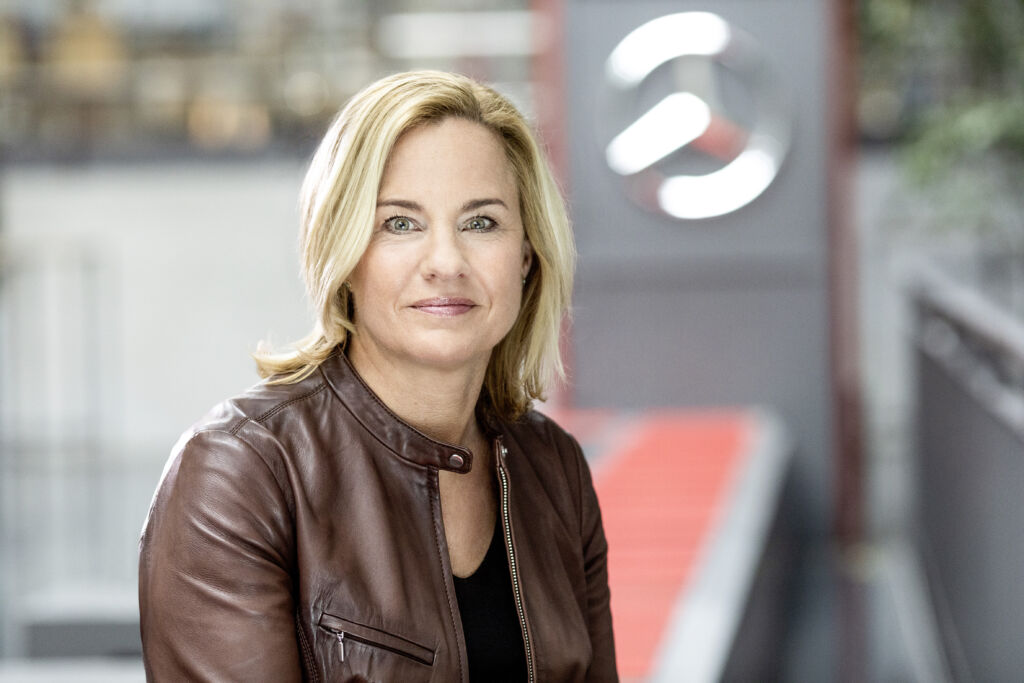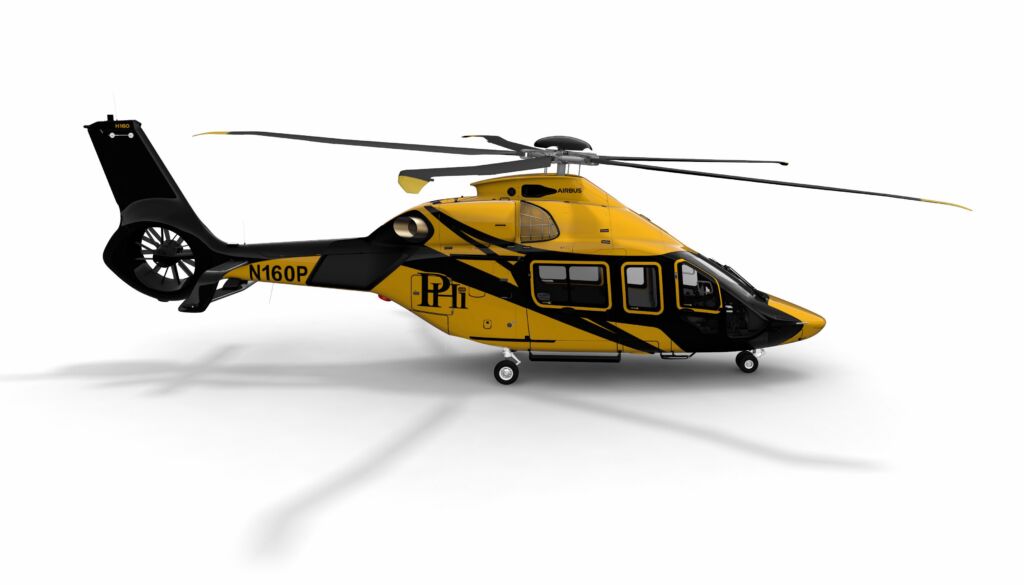PRNewswire/ — For the first time in history, the U.S. Navy and Boeing [NYSE: BA] have demonstrated air-to-air refueling using an unmanned aircraft – the Boeing-owned MQ-25™ T1 test asset – to refuel another aircraft.
During a test flight on June 4, MQ-25 T1 successfully extended the hose and drogue from its U.S. Navy-issued aerial refueling store (ARS) and safely transferred jet fuel to a U.S. Navy F/A-18 Super Hornet, demonstrating the MQ-25 Stingray’s ability to carry out its primary aerial refueling mission.
During the initial part of the flight, the F/A-18 test pilot flew in close formation behind MQ-25 to ensure performance and stability prior to refueling – a maneuver that required as little as 20 feet of separation between the MQ-25 T1 air vehicle and the F/A-18 refueling probe. Both aircraft were flying at operationally relevant speeds and altitudes. With the evaluation safely completed, the MQ-25 drogue was extended, and the F/A-18 pilot moved in to “plug” with the unmanned aircraft and receive the scheduled fuel offload.
The milestone comes after 25 T1 flights, testing both aircraft and ARS aerodynamics across the flight envelope, as well as extensive simulations of aerial refueling using MQ-25 digital models. MQ-25 T1 will continue flight testing prior to being shipped to Norfolk, Virginia, for deck handling trials aboard a U.S. Navy carrier later this year.
The Boeing-owned T1 test asset is a predecessor to the seven test aircraft Boeing is manufacturing under a 2018 contract award. The MQ-25 will assume the tanking role currently performed by F/A-18s, allowing for better use of the combat strike fighters and helping extend the range of the carrier air wing.
